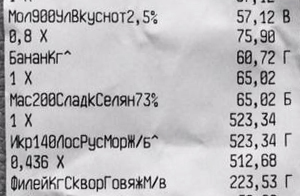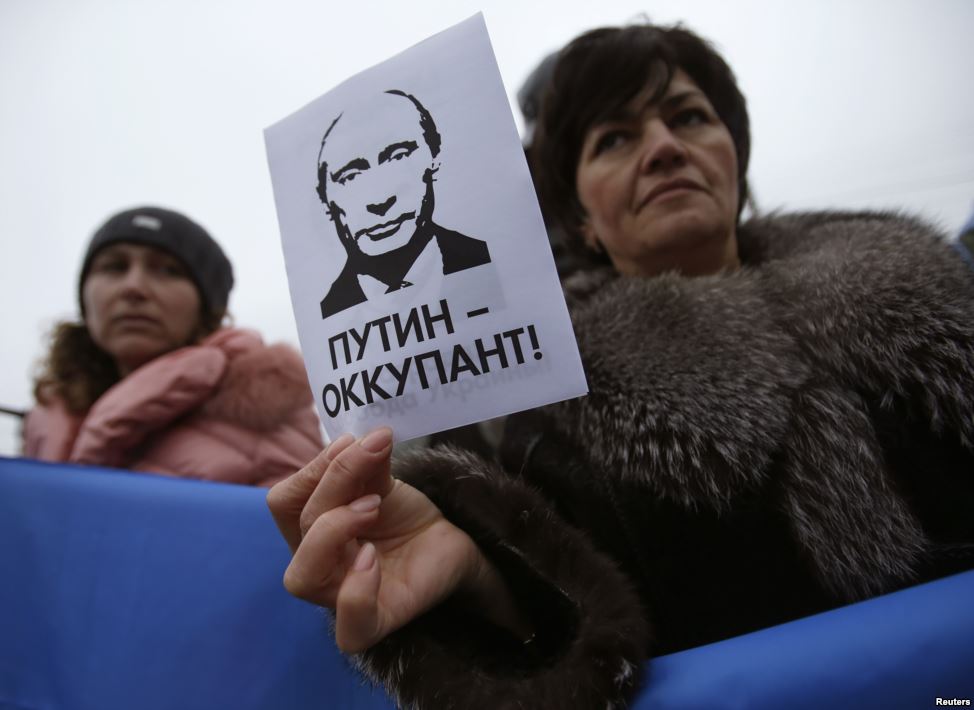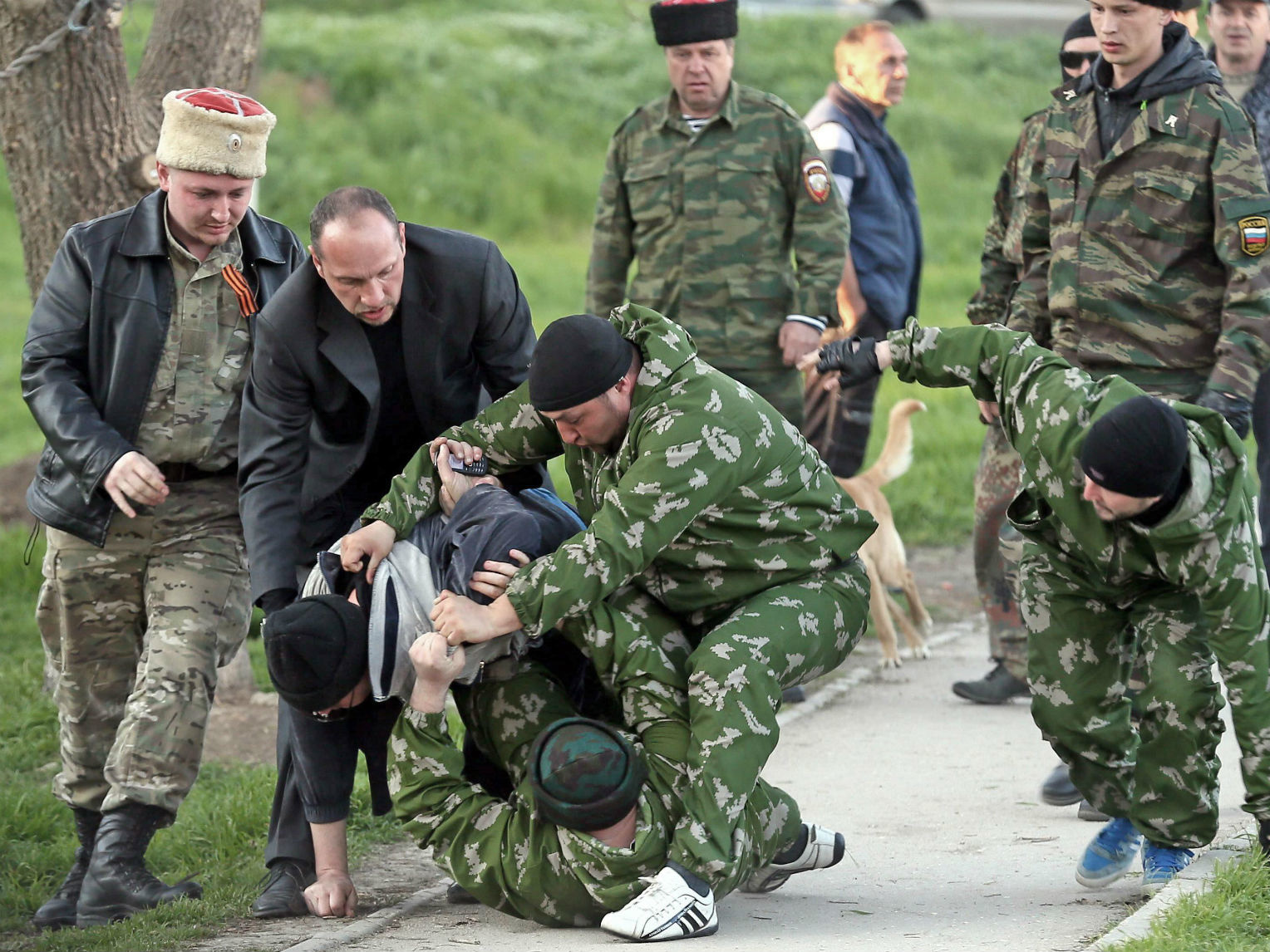Eight months have gone by since Russia occupied the Autonomous Republic of Crimea. A lot has changed on the peninsula during this time.
State-owned companies were ‘nationalized,’ some of the Ukrainian oligarchs had their property confiscated, in particular, the sanatoria belonging to Ihor Kolomoysky, the Sevastopol department of Rinat Akhmetov’s Ukrtelecom, Kostyantyn Zhevago’s Zaliv factory. Many Ukrainian companies left Crimea, however many of them, such as OKKO, WOG, ATB, NOVUS, remained and re-registered according to Russian laws.
Local ‘elections’ were held. Public activity has decreased: the Crimean Tatars and supporters of Maidan were told that it is best not to protest in ‘new’ Crimea. Prices on everyday products and food have increased.
Despite this, Crimea remains strongly dependent on Ukraine. The peninsula would have difficulties without electricity, food and water supplies from the ‘continent.’
Electricity, gas, water
Crimea covers its own electricity needs by 30%. Without Ukraine, there would be no electricity in many of the localities on the peninsula.
The Ukrainian government set a good price for electricity in Crimea – 62 Euro per MW. To compare: DTEK used to ask for 44-46 euro per MW for export. So Crimea pays more for electricity than the EU. However, the population of Crimea has subsidized electricity tariffs.
Residents of Sevastopol pay 1,1 rubles per kW/h (with VAT), if they consume up to 150 kW/h per month, 1,44 rubles per kW/h – up to 800 kW/h, 3,75 rubles for over 800 kW/h.
The official NBU exchange rate is 3,2 rubles per hryvnia. Accordingly, Crimeans pay 0,34 UAH per kW/h, if they consume up to 150 kW/h per month. The price increases to 0,43 UAH per kW/h if they consume up to 80 kW/h and up to 1,16 UAH per kW/h if they use more than 800 kW/h.
To compare: residents of Kyiv who consume up to 150 kW/h per month pay 0,31 UAH. Those who use up to 800 kW/h – 0,42 UAH per kW/h, over 800 kW/h – 1,34 UAH per kW/h. So the prices in Kyiv and Sevastopol are comparable. Meanwhile Sevastopol buys electricity at a higher price than Kyiv and the EU.
In Russia it self electricity prices are completely different. For example, in Moscow, people pay 4,5-4,68 rubles per kW/h depending on the seasons. It is about 1,4-1,45 UAH – over four times higher than in Crimea or Kyiv.
The funds that compensate the difference between the purchase and sale of electricity to the population of Crimea come from the Russian budget. Just like for other tariffs. When the Russian budget was prepared for 2015, 23 billion rubles were promised to subsidize Crimea. Even with today’s low ruble exchange rate it is over 0,5 billion USD.
Ukraine does not supply Crimea with gas or water. “Chernomorneftegaz fully covers the peninsula’s needs. The company was nationalized after the annexation of Crimea,” says energy expert Valentyn Zemlyansky.
Crimeans pay 2,5 thousand rubles or 775 UAH per year per thousand cubic meters if they consume less than 6 thousand cubic meters of gas per year. If they consume over 6 thousand cubic meters per year, the tariff is 7,9 thousand rubles or 2,45 thousand UAH per thousand cubic meters.
In Kyiv, the population pays 1,2 thousand UAH for gas with the annual consumption of no more than 2,5 thousand cubic meters. With the annual consumption of up to 6 thousand cubic meters, the tariff is 1,97 UAH per cubic meter. Moscow residents pay 3,87 thousand rubles or 1,2 thousand UAH for gas, which corresponds to the price level in Kyiv.
The situation with water in Crimea is much worse. Recently the Sevastopol ‘government’ called for the population to save water. The reason is resource deficit due to the exhaustion of reserves in the main local source – the Chernorechenskoye reservoir.
Besides, water from the Dniper is not coming to the Mezhgornoye reservoir through the Severo-Krymsky channel. Starting November 5, water is available in Sevastopol between 5:30 and 10 a.m. and between 5 and 11 p.m.
Sevastopol pays 12,75 rubles or 3,95 UAH per cubic meter of water. In Kyiv, a cubic meter of water costs about the same. In Moscow the water tariff is over two times higher: 29 rubles or 9 UAH.
The Ukrainian State Agency for Water Resources explained the water supply situation to EP. As the ‘government’ of Crimea ‘nationalized’ the property of the channel in the ARC, the integrity of governing the process of object exploitation was violated. In the end, water supplies to the peninsula were suspended in April 2014.
However, soon water from the Dniper might flow to Crimea again, but at a different price. “The state agency, together with the Ministry for Nature, the Ministry for Economic Development and Trade, the Ministry of Finance and the Ministry of Revenues prepared a project of an agreement, which determines the conditions of water supplies to Crimea and price calculation procedure,” noted the head of the state agency Olexiy Chunarev.
Food
The Russian government was unable to make Crimeans stop eating Ukrainian foodstuffs.
First, the ferry in Kerch and the Novorossiyask-Sevastopol line launched in October will be unable to supply Crimea with sufficient amounts of food. Recently Rosselkhoznadzor abolished all bans on the import of Ukrainian products to Crimea. The sea is stormy, and ferries are becoming less frequent.
Second, Ukrainian produce is cheaper than its Russian analogue by 15-30%. Meanwhile, it is profitable to Ukrainian companies to export goods to Crimea. Though the prices there have not yet reached the Russian level, they are significantly higher than in Ukraine.
Meat and fish in Crimea are more expensive than in Ukraine by 70-90%, alcohol is 20-50% more expensive, cigarettes are 40% higher in price, and dairy is 15-30% more expensive.
Ukrainian chains NOVUS and ATB, which re-registered in Crimea, profit quite a bit on this. They refused to answer EP’s questions during the preparation of this article.
Only fuel is cheaper in Crimea. A-95 gasoline here costs 38-39 rubles per liter, or about 12 UAH, diesel – 34-35 rubles, or 10,5-10,7 UAH. In Ukraine these prices are about the same – 15,7-15,8 UAH per liter.
As such, in price terms, Crimea is approximately between Ukraine and Russia. It is more expensive than Ukraine but cheaper than Russia.
Russian officials talk more and more about extending the interim period for Crimea by another year or two. So the peninsula may continue in this state for a while.







